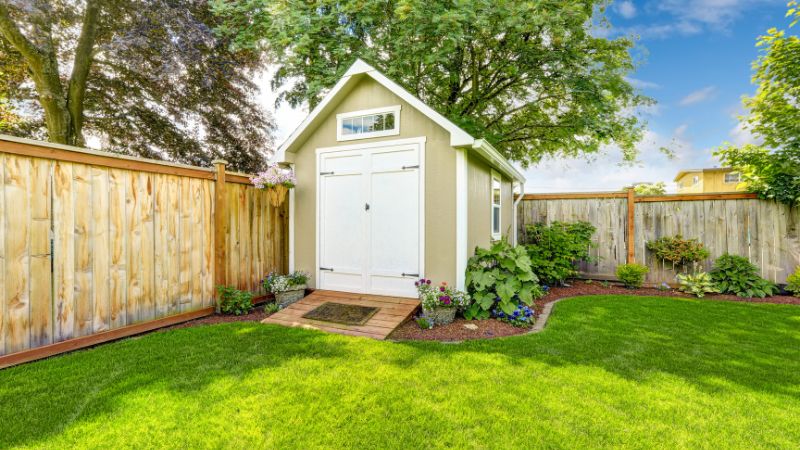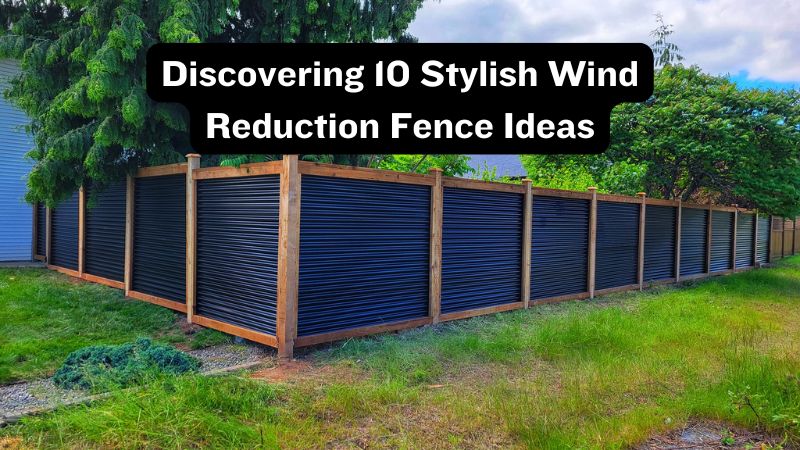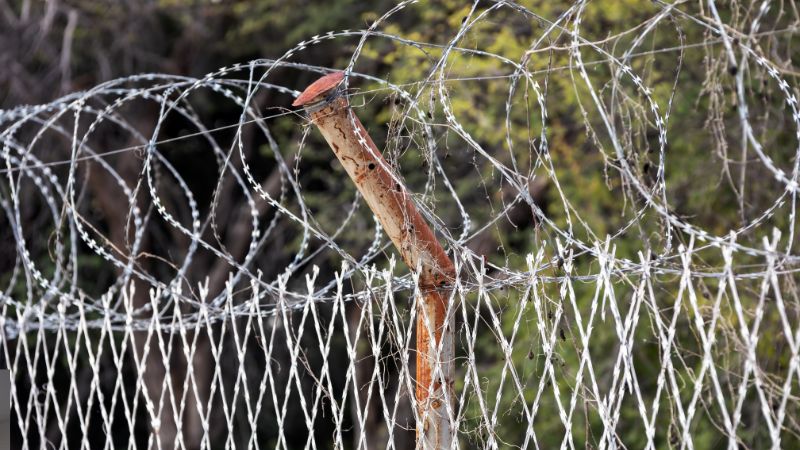Installing a new fence is a significant investment that can enhance your property’s privacy, security, and curb appeal. However, before you begin, it’s crucial to consider several factors to ensure you choose the right fence for your needs. From selecting the best materials to understanding local regulations, the decisions you make now can have a lasting impact on both your budget and long-term satisfaction. In this guide, we’ll explore 10 key things to consider before installing a new fence. Whether you’re looking for added privacy or simply boosting your home’s aesthetics, these tips will help you avoid common pitfalls and make an informed decision that meets your requirements.
10 Things To Consider Before Installing A New Fence
1. Purpose of the Fence

One should first determine the main use of the new fence before building it. Are your priorities privacy, security, or aesthetic improvement? Knowing the goal will help you to choose the suitable fence type for your specific needs. If privacy is a factor, for instance, a tall, solid fence made of wood or vinyl could be perfect. Regarding security, you might gravitate toward a strong metal-based material. Conversely, a decorative picket fence could be a great choice if your only goal is to accentuate your garden. Early on definition of the purpose of your fence guarantees the desired functionality.
Also Read:- Tips For Choosing The Right Fence For Your Home
2. Material Options
It is crucial to select the appropriate material for your fence as it directly impacts its longevity, visual appeal, and upkeep. Widely favored choices encompass wood, vinyl, metal, and composite materials. While wood provides a natural appearance, it necessitates consistent upkeep to avoid rot and decay. Vinyl fencing is characterized by its low-maintenance nature, although it may exhibit a higher initial cost. Metal fences, such as those made of aluminum or wrought iron, impart robust security but may not provide the desired level of privacy. Composite fencing integrates the advantageous qualities of both wood and plastic, providing long-lasting performance while maintaining a wood-like visual appeal. Thoroughly evaluate the advantages and disadvantages of each material to determine which one suits your lifestyle, budget, and local climate.
3. Budget and Costs
Setting a clear budget is crucial before installing a fence. The cost of a fence can vary significantly based on the materials used, the size of the property, and any additional customization. While a wooden fence may be more affordable upfront, it may require more frequent maintenance and repairs. On the other hand, a vinyl or metal fence, although initially more expensive, may be a better investment in the long run due to its low maintenance and longer lifespan. It’s also important to consider the installation cost, which can vary depending on labor fees and whether you’re hiring a professional or doing it yourself.
4. Local Zoning Laws and Permits
Prior to erecting a fence, it is imperative to verify the zoning regulations and local building codes. Many municipalities have regulations regarding fence height, material, and proximity to property lines. In some cases, you may need a permit to install a fence, especially if it exceeds a certain height or is near a public road. Failing to comply with local regulations can lead to fines or the removal of the fence. To avoid legal headaches, it’s always a good idea to contact your local zoning office or homeowners’ association for specific guidelines and permit requirements before starting the project.
5. Climate Considerations
The local climate plays a crucial role in determining the right type of fence for your property. If you live in an area with extreme weather conditions, such as heavy rainfall, strong winds, or harsh sunlight, certain materials may fare better than others. For instance, wood fences may warp or rot in humid climates, while metal fences could rust in coastal areas. Vinyl and composite materials tend to be more weather-resistant and require less maintenance in challenging climates. Assessing how your fence will stand up to the local weather conditions will help ensure its longevity and reduce the need for frequent repairs or replacements.
6. Maintenance Requirements
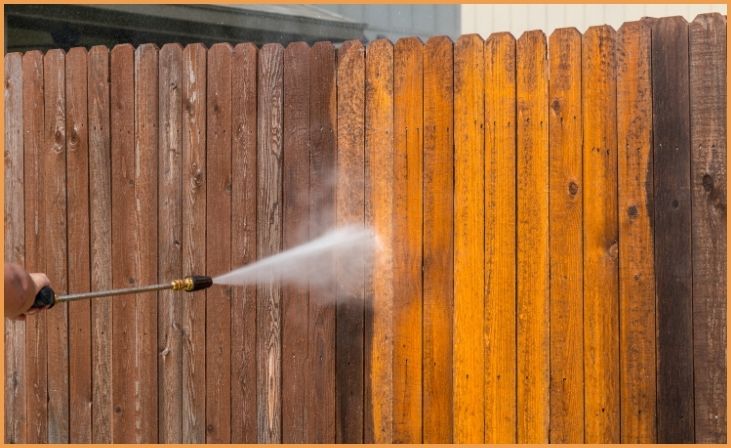
Different fence materials come with different maintenance needs, and it’s important to understand these before making your decision. Wooden fences, for example, require regular staining or sealing to prevent damage from moisture and insects. Metal fences may need periodic rust treatment or repainting to maintain their appearance. Vinyl and composite fences, on the other hand, are low-maintenance and typically require just a periodic cleaning with soap and water. Understanding the time and effort you are willing to put into maintenance will help you select the right fence material and style that aligns with your lifestyle.
7. Property Lines and Boundaries
Before any installation begins, clearly defining your property lines is essential. Installing a fence on a neighbor’s property, even by accident, can lead to legal disputes and costly adjustments. Consider getting a land survey done if the boundaries are not marked. Furthermore, discussing with your neighbors before the installation is prudent, particularly if the fence is situated on a common boundary. In some cases, they may be willing to split the cost if they also benefit from the fence. Understanding where your property begins and ends will help you avoid legal and social conflicts.
8. Fence Height and Design
The height and design of your fence play a significant role in its functionality and curb appeal. Taller fences provide better privacy and security, but they might not be aesthetically pleasing or in line with local regulations. Lower fences, while offering less privacy, can enhance the charm of your home without obstructing views. In addition to height, the design of the fence—whether it’s a classic picket fence, a modern horizontal slat design, or a sturdy wrought iron—should complement the architectural style of your home. The right balance between function and aesthetics is key to a successful fence installation.
9. Hiring a Professional vs. DIY Installation
When it comes to installing a fence, you’ll need to decide whether to hire a professional or take on the task yourself. DIY installation can save you money, but it requires the right tools, skills, and knowledge to ensure the fence is installed correctly and securely. On the other hand, hiring a professional may be more expensive, but it can save you time and potential headaches in the long run. A professional will handle everything from permits to ensuring the fence is installed straight and level. Weigh the pros and cons of each option to decide what works best for your budget and abilities.
Also Read:- Fencing Solutions Unveiled By The Best Fence Contractors
10. Long-Term Durability and Warranty
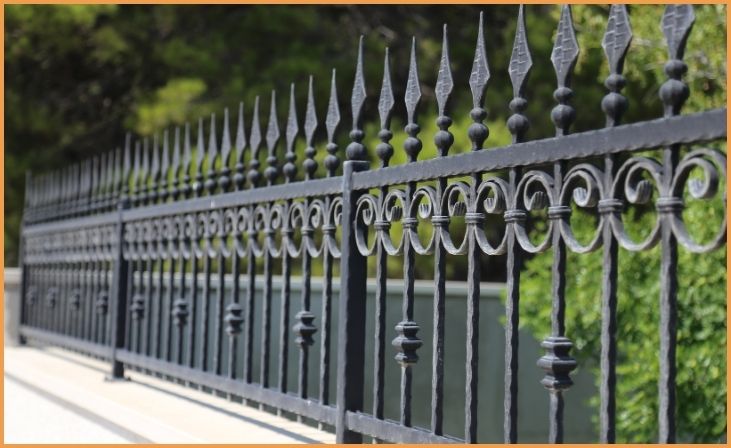
Since fences are a long-term investment, one should give great thought to their durability and warranty availability. Different materials have different lifetime; vinyl and metal fences can last up to 30 years with correct maintenance, while wood fences may only last about 15 years. Many fence makers also provide warranties covering some forms of damage or flaws. Before deciding anything, be sure you ask about the warranty’s conditions. Selecting a fence with a solid warranty will help you to have peace of mind and guard your investment for many years to come.
Conclusion
Installing a new fence is a decision that requires thoughtful consideration of several aspects, including materials, cost, and regulations. By taking the time to assess your needs and understand the options available, you can ensure that your fence installation is both functional and stylish. Keep these 10 factors in mind to make the most of your investment and enjoy your fence for years to come.
FAQs
Which is the optimal material for constructing a new fence?
The best material depends on your needs—wood offers natural beauty, while vinyl is low-maintenance, and metal provides durability.
Do I need a permit to install a fence?
In many cases, yes. Local regulations often require a permit for fence installation, so it’s essential to check with your local authorities.

